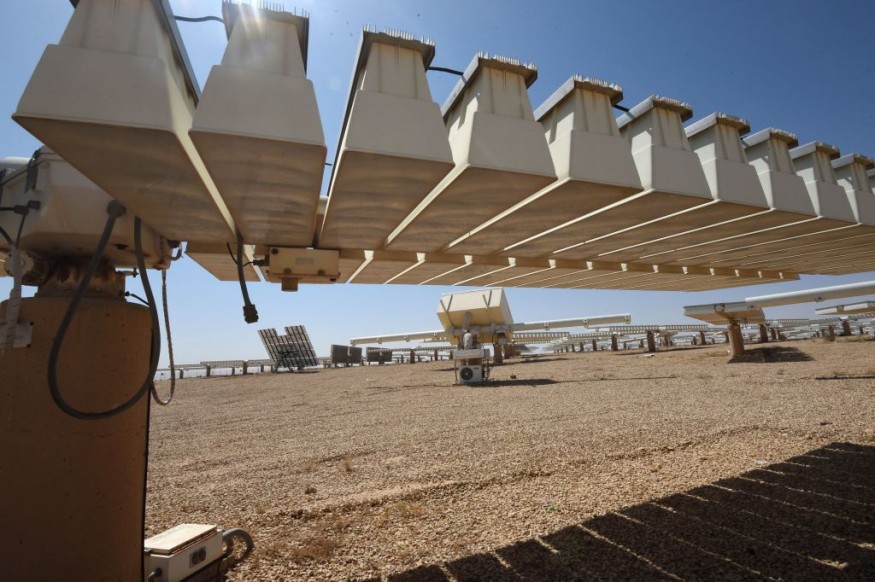Scientists in Saudi Arabia developed a solar-driven device that effectively produces spinach while creating power using water collected from the air.

The proof-of-concept design, published in the journal Cell Reports Physical Science on March 1, provides a long-term, low-cost solution for improving food and water security in dry-climate areas. An integrated solar-powered system generates energy in dry places while also providing fresh water and crops.
The King Abdullah University of Science and Technology provided funding to the researchers.
"A small percentage of the world's population still lacks access to clean water or renewable energy, and many of them live in rural areas with arid or semi-arid climates," says senior author Peng Wang, an environmental science and engineering professor at King Abdullah University of Science and Technology (KAUST).
Effectivity
Their idea, which is appropriate for decentralized, small-scale farms in distant regions such as deserts and maritime islands, generates water from air using otherwise wasted renewable energy. These solar panels draw in water vapor used to cultivate crops in the desert.
To force absorbed water out of the hydrogel, the researchers employed waste heat generated by solar panels while generating energy. The vapor is collected in the metal box below condenses into water. On the other hand, the hydrogel boosts the efficiency of solar photovoltaic panels by up to 9% by absorbing heat and decreasing their temperature.
The researchers used WEC2P to undertake a plant-growing test in Saudi Arabia for two weeks in June when the temperature was quite hot. They irrigated 60 water spinach seedlings in a plastic plant-growing box using just water gathered from the air. The solar panel, which was about the size of the top of a student desk, generated 1,519 watt-hours of power during the experiment, and 57 out of 60 water spinach seeds germinated and developed regularly to 18 cm. Around 2 liters of water were condensed from the hydrogel during the two-week timeframe.
"Our objective is to build an integrated system of clean energy, water, and food production," Wang adds. "Our design, particularly the water-creation element, sets us apart from current agrophotovoltaics." The team wants to develop a superior hydrogel that can absorb more water from the air to transform the proof-of-concept design into an actual product.
Desert Plants
In desert regions, heat-loving plants are best suited for production. Nightshade or Solanaceae (tomatoes, peppers, eggplant) and squash or Cucurbitaceae are two plant families that thrive in hot weather (cucumbers, melons, summer, and winter squash). Corn and beans do well in hot areas as well. Basil is a heat-loving herb that flourishes even in the harshest desert summers. Varieties that yield fast may outperform crops that take longer to mature, particularly in higher, arid areas. Choose kinds that can withstand large day-to-night temperature changes since they will continue to develop in such conditions.
Goal
According to Wang, one of the United Nations' Sustainable Development Goals is to ensure that everyone on the planet has access to clean water and inexpensive, clean energy. They think their idea may be used to create a decentralized power and water infrastructure to power houses and irrigate fields.
Read also: Greener Earth: The Real 'Big' Problem
For more Environmental news, don't forget to follow Nature World News!
© 2025 NatureWorldNews.com All rights reserved. Do not reproduce without permission.





